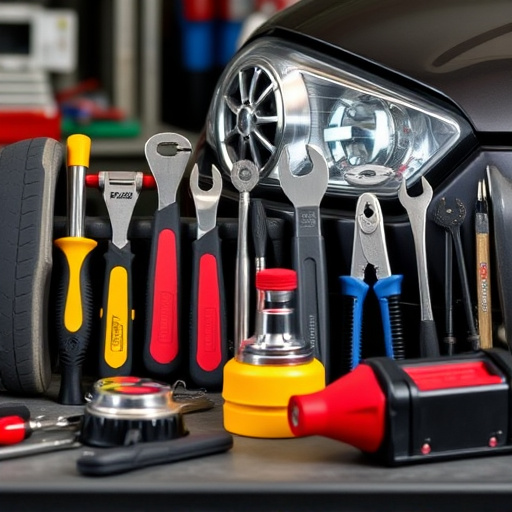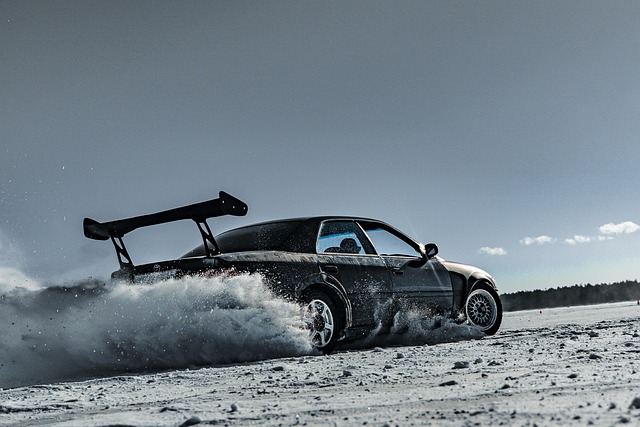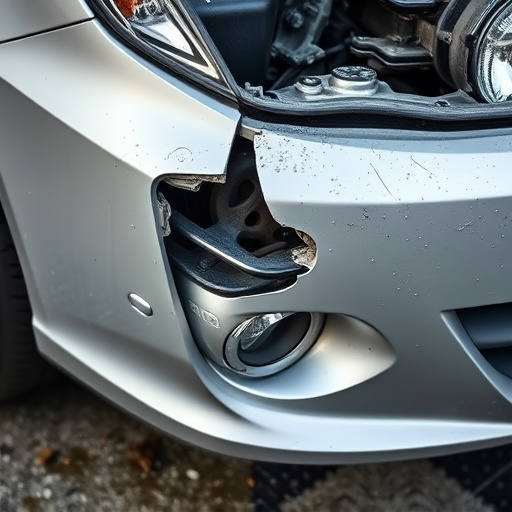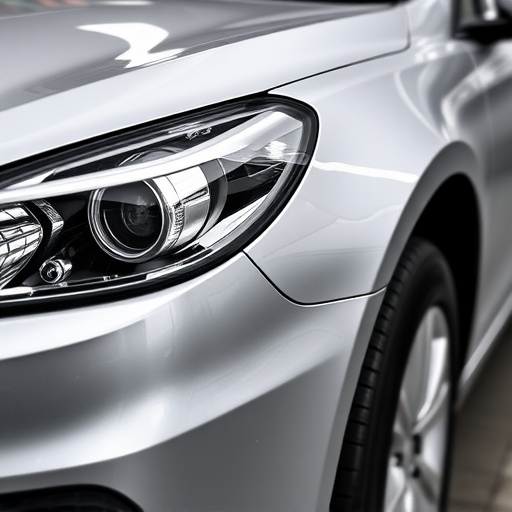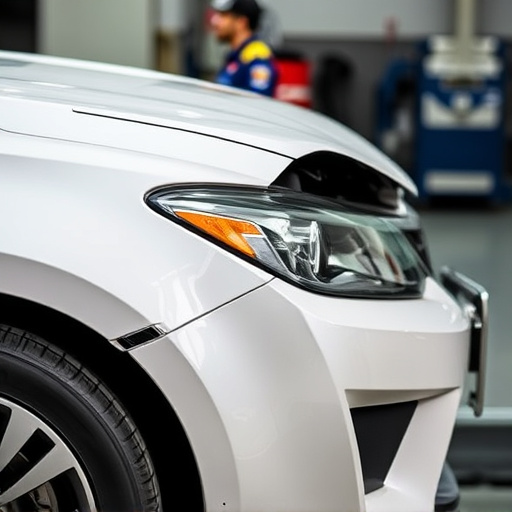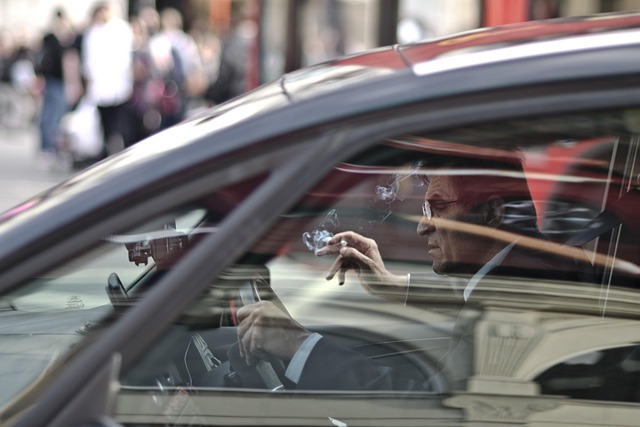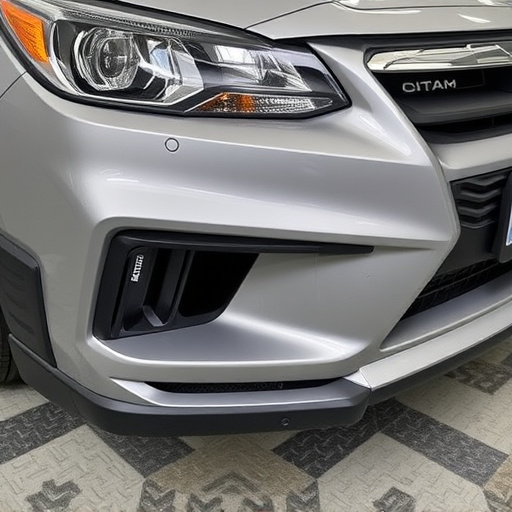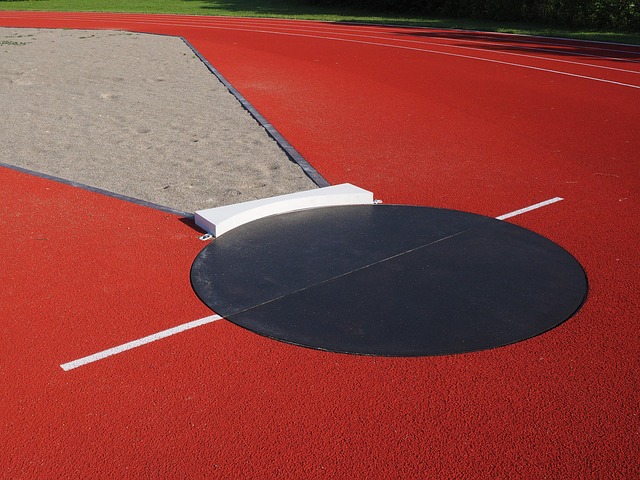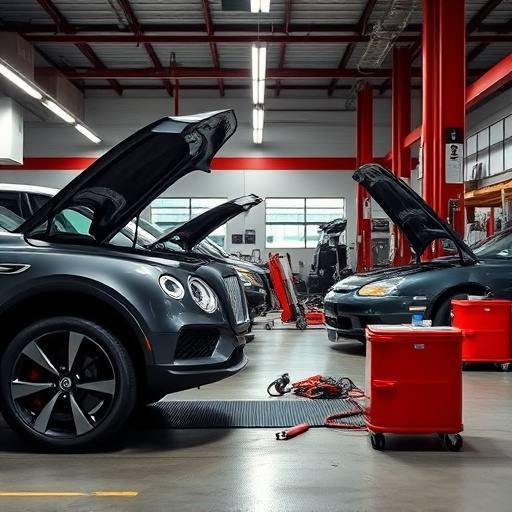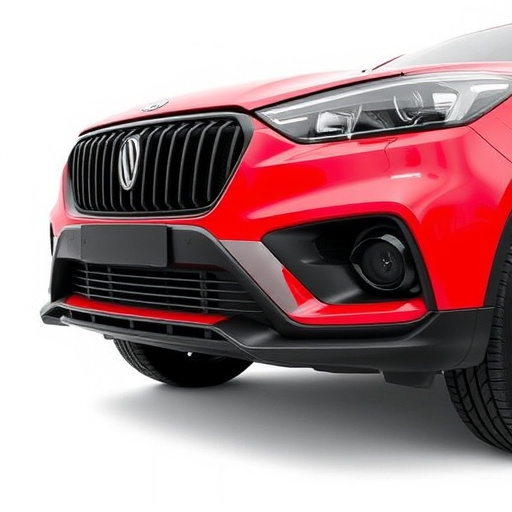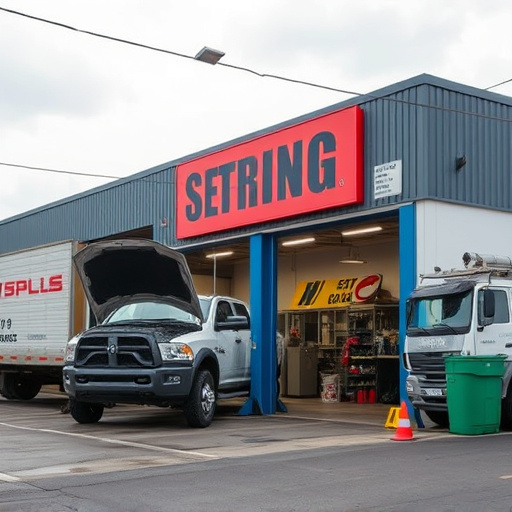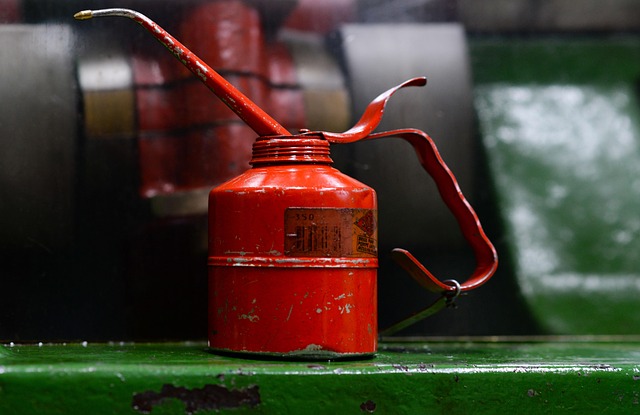Paintless Dent Repair (PDR) is a specialized auto body repair technique gaining popularity among body shops for its non-invasive nature, cost-effectiveness, and quick turnaround times. Ideal for minor to medium dents, PDR preserves the original factory finish on materials like steel, aluminum, and certain plastics. To implement PDR successfully, body shops should focus on staff training, high-quality tools, standardized procedures, safety culture, and staying updated with the latest technology, ensuring enhanced efficiency and customer satisfaction.
“In the realm of collision repair, Professional Detail Repair (PDR) stands out as a game-changer for body shops aiming to enhance their services. This article offers a comprehensive guide on when and how to recommend PDR, a specialized technique that revitalizes damaged vehicles. From understanding the basics of PDR to exploring ideal scenarios and implementation tips, this resource equips body shop professionals with the knowledge to provide superior customer experiences. Discover why PDR is becoming a vibrant solution in today’s competitive market.”
- Understanding PDR: A Brief Overview for Body Shops
- Scenarios Where PDR is the Ideal Solution
- Implementation Tips and Best Practices for Effective PDR in Body Shops
Understanding PDR: A Brief Overview for Body Shops

PDR, or Paintless Dent Repair, is a specialized auto body repair technique that has gained significant popularity among body shops in recent years. It’s a non-invasive method used to remove minor dents and scratches from vehicle surfaces without the need for traditional painting and repainting processes. This cost-effective solution offers numerous benefits, including faster turnaround times, reduced labor costs, and minimal disruption to the original factory finish.
For body shops, understanding PDR involves grasping its technical aspects and recognizing when it’s an ideal solution. This method utilizes specialized tools and techniques to press and smooth out dents from behind the panel, leaving no visible evidence of damage. As a result, PDR is particularly suitable for small to medium-sized dents, such as those caused by parking lot incidents, door dings, or minor fender benders. It’s an eco-friendly approach that preserves the vehicle’s original paint job and can be performed on various materials, including steel, aluminum, and certain types of plastic.
Scenarios Where PDR is the Ideal Solution
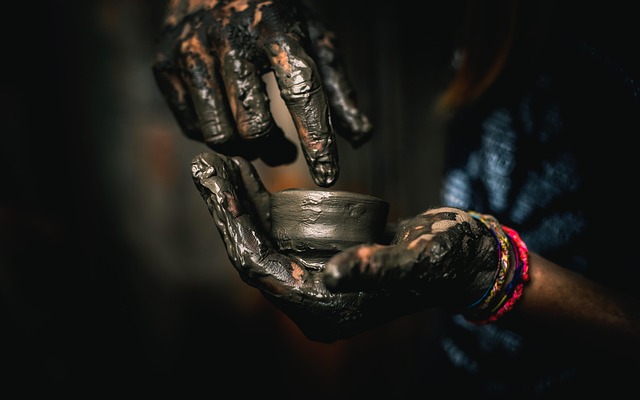
In the realm of collision repair and auto bodywork, Professional Detailing Repair (PDR) stands out as a game-changer for many body shops. When it comes to restoring vehicles to their pre-accident condition, PDR offers an efficient and cost-effective solution. The ideal scenarios for recommending PDR include minor to moderate damage cases where the original panel work can be meticulously repaired without replacing the entire part. This is particularly beneficial for automotive body shops looking to provide high-quality services while managing costs.
For instance, dings, dents, and small creases caused by parking lots incidents or minor fender benders are perfect candidates for PDR. By using specialized tools and techniques, skilled technicians can realign panels, remove imperfections, and restore the vehicle’s original finish, ensuring a flawless appearance. This approach not only saves time and money but also preserves the value of the vehicle for clients who prefer a repair method that enhances the car’s aesthetics without excessive parts replacement, making it a preferred choice for many reputable collision repair shops.
Implementation Tips and Best Practices for Effective PDR in Body Shops
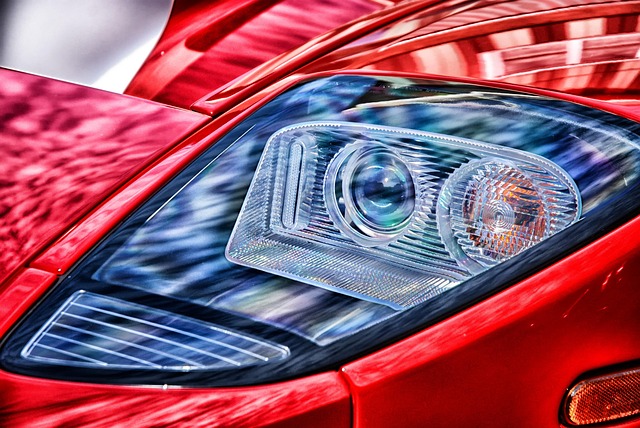
Implementing PDR (Paintless Dent Repair) in body shops involves a strategic approach to ensure its effectiveness and efficiency. Start by training your staff thoroughly on PDR techniques, emphasizing precision and skill. Investing in high-quality tools specifically designed for PDR is essential; these tools enable technicians to access and repair difficult-to-reach areas without disturbing the surrounding paint.
Create a standardized procedure for each type of dent, from minor creases to larger dings. This standardization facilitates consistent outcomes and streamlines the repair process. Promote a culture of safety by providing personal protective equipment (PPE) and ensuring proper ventilation during PDR procedures, as these measures protect both technicians and customers’ vehicles. Regularly update your inventory with the latest PDR technology, staying ahead in the car paint services and auto frame repair industry.
PDR (Paintless Dent Repair) has established itself as a valuable service for body shops, offering a fast, efficient, and cost-effective solution for minor dents and scratches. By understanding its benefits and optimal application scenarios, such as quick turnaround times, minimal paint disruption, and cost savings, shops can effectively implement PDR techniques. Following best practices ensures high-quality results, customer satisfaction, and a competitive edge in the market. Adopting PDR for body shops is not just a trend but a strategic move to stay ahead in today’s automotive industry.
